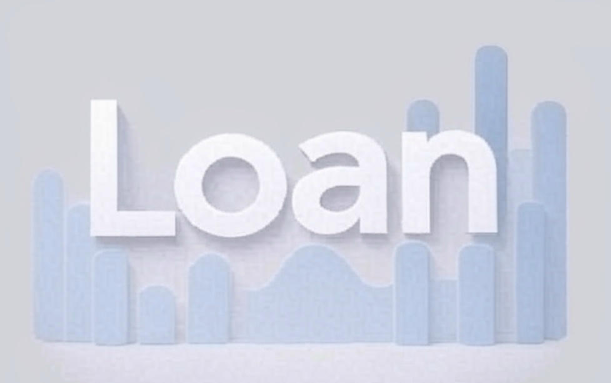Purchasing a home is a significant milestone, often accompanied by excitement and apprehension. For first-time buyers, understanding home loans is crucial to making informed decisions. A home loan, or mortgage, is a financial product that allows individuals to borrow money to purchase a property, repaying it over time with interest. This article explores the essentials of home loans, offering guidance to navigate this complex process.
Types of Home Loans
Home loans come in various forms, each with distinct features. Fixed-rate mortgages maintain a consistent interest rate throughout the loan term, providing predictability in monthly payments. Adjustable-rate mortgages (ARMs) have interest rates that fluctuate based on market conditions, often starting lower but carrying the risk of future increases. Government-backed loans, such as FHA or VA loans, cater to specific groups, offering lower down payments or relaxed credit requirements. Understanding these options helps buyers select a loan that aligns with their financial situation.
The Loan Application Process
The loan application process begins with assessing one’s financial health. Lenders evaluate credit scores, income, debt-to-income ratio, and employment history to determine eligibility. A higher credit score typically secures better interest rates, while a stable income reassures lenders of repayment ability. Pre-approval, where a lender estimates the loan amount you qualify for, is a critical step. It strengthens your position when making an offer on a home, signaling to sellers that you’re a serious buyer.
Understanding Down Payments
Down payments are another key consideration. Conventional loans often require 20% of the home’s purchase price, though some programs, like FHA loans, allow as little as 3.5%. A larger down payment reduces the loan amount and may eliminate the need for private mortgage insurance (PMI), a monthly fee for loans with less than 20% down. Saving for a down payment requires discipline, but it can lead to significant long-term savings.
Impact of Interest Rates
Interest rates significantly impact the total cost of a home loan. Rates vary based on economic conditions, loan type, and borrower qualifications. As of May 2025, rates remain influenced by inflation and federal monetary policies. Locking in a rate when applying for a loan can protect against future increases, but it’s wise to compare offers from multiple lenders. Even a small difference in rates can save thousands over a 30-year mortgage.
Choosing the Right Loan Term
Loan terms, typically 15 or 30 years, also affect affordability. Shorter terms mean higher monthly payments but less interest over time, while longer terms lower monthly costs but increase total interest. Buyers should balance monthly budgets with long-term financial goals when choosing a term. Online mortgage calculators can help estimate payments and compare scenarios.
Managing Closing Costs
Closing costs, typically 2-5% of the loan amount, cover fees for appraisals, title insurance, and legal processes. These are due at closing, so budgeting for them is essential. Some lenders offer no-closing-cost mortgages, but these often come with higher interest rates, so weigh the trade-offs carefully.
Assistance for First-Time Buyers
For first-time buyers, government programs and local assistance can ease the process. Many states offer grants or low-interest loans to help with down payments or closing costs. Researching these opportunities can make homeownership more attainable.
Conclusion
Navigating home loans requires careful planning and research. By understanding loan types, preparing financially, and comparing lender offers, first-time buyers can confidently embark on their homeownership journey. Consulting with a trusted mortgage advisor can further clarify options, ensuring decisions align with personal goals. With the right approach, a home loan becomes a stepping stone to building wealth and stability through property ownership.





Comments